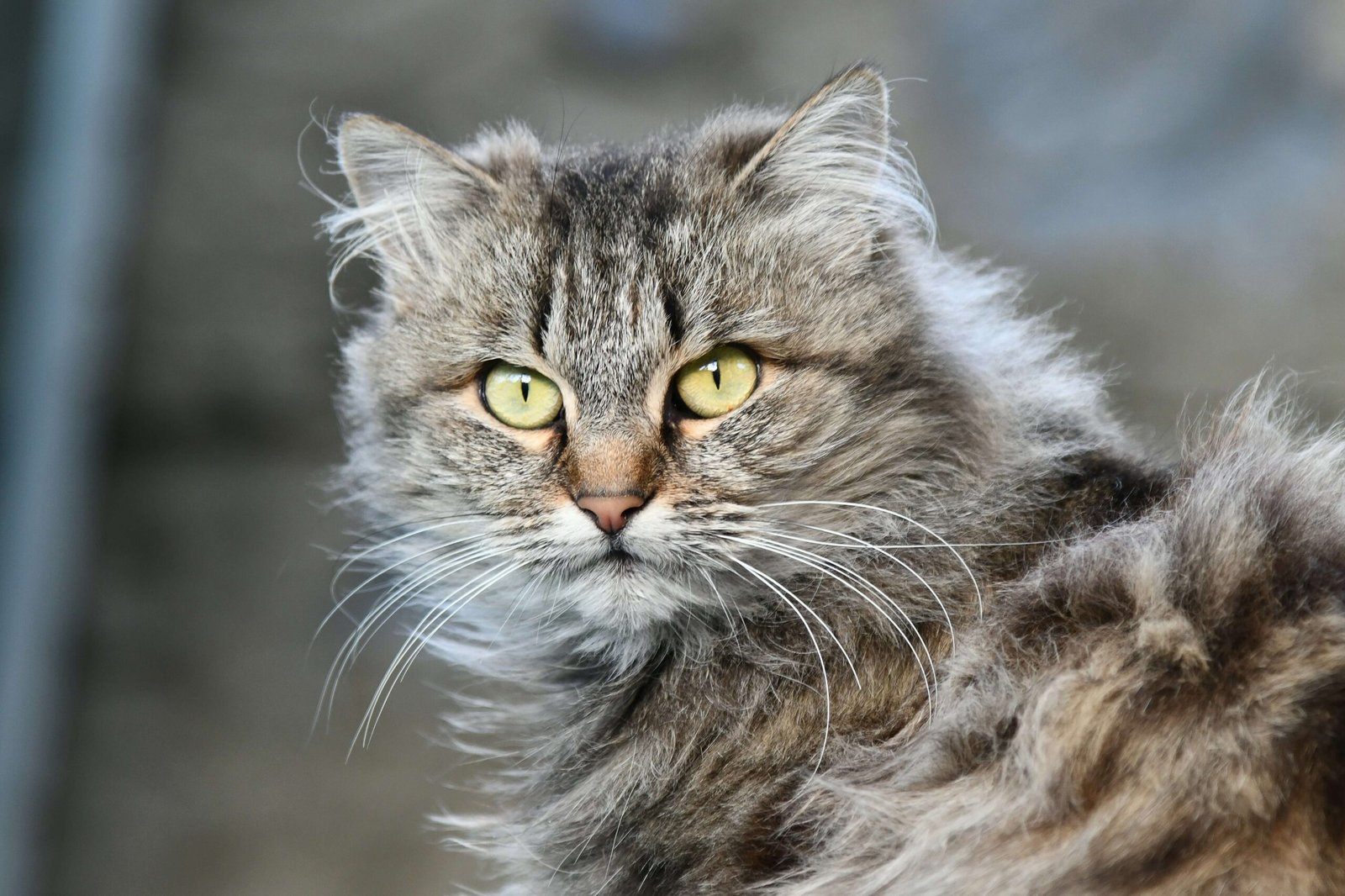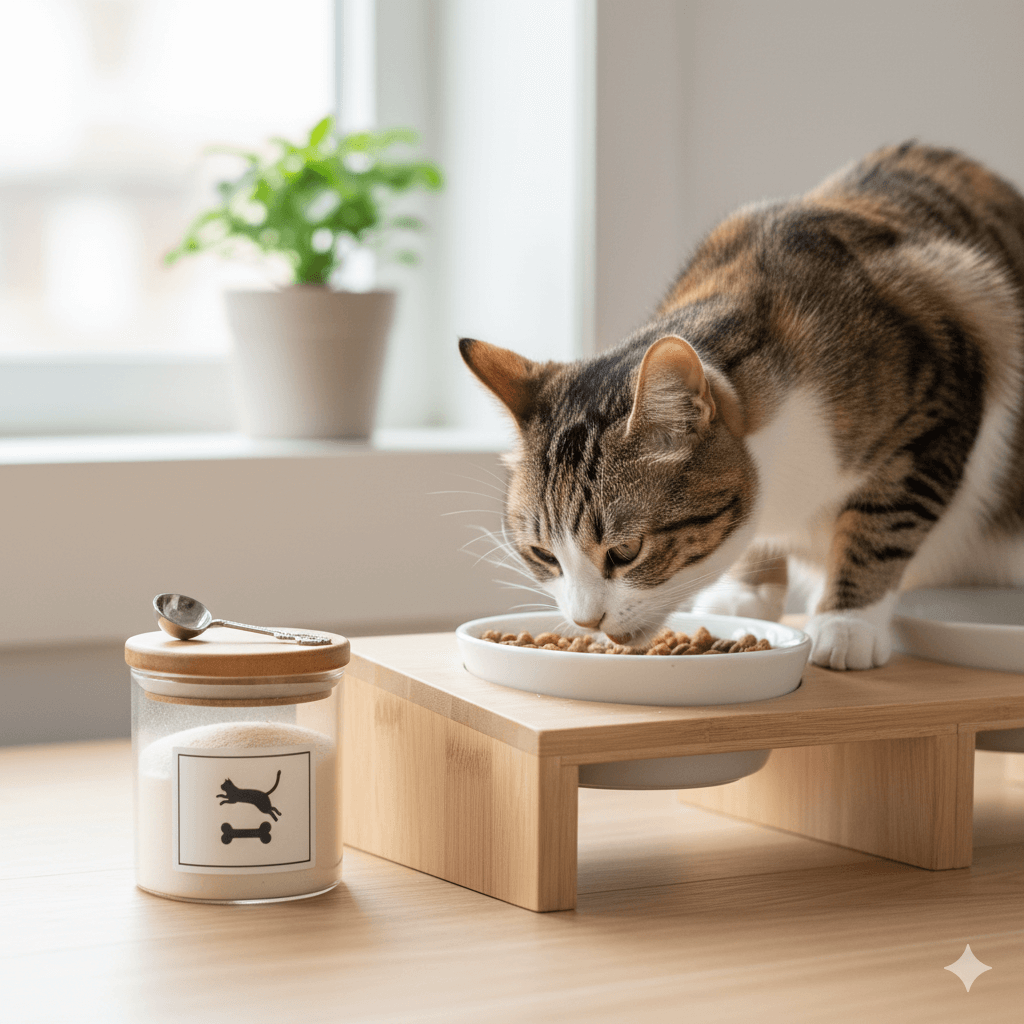My Cat Peed on My Bed Right in Front of Me
Cats are often seen as graceful, independent creatures that bring joy and companionship to our lives. But what happens when your feline friend decides to turn your bed into their personal litter box—and does it right in front of you? If you’ve ever experienced this, you know the mix of shock, frustration, and even amusement that comes with it. This blog post dives into this unexpected and messy situation, exploring why cats might behave this way, how to handle it, and what steps you can take to prevent it from happening again. Whether you’re a seasoned cat owner or new to the world of pet parenting, this guide will help you navigate this challenging moment with grace and humor.
Understanding Why Cats Misbehave: Possible Reasons for This Behavior
Cats are generally clean animals, so when they pee outside the litter box, it’s often a sign that something is amiss. Understanding the reasons behind this behavior can help you address the root cause and prevent future incidents. Here are some common factors that might lead to this unexpected behavior:
Stress or Anxiety:
Cats are sensitive creatures, and changes in their environment—such as moving furniture, introducing a new pet, or loud noises—can trigger stress.Health Issues:
Urinary tract infections, bladder stones, or other medical conditions can cause discomfort, leading your cat to avoid the litter box.Territorial Marking:
Unneutered or unspayed cats may spray urine to mark their territory, especially if they feel threatened by other animals.Litter Box Problems:
A dirty litter box, an unfamiliar type of litter, or a box placed in a high-traffic area can discourage your cat from using it.Attention-Seeking Behavior:
Sometimes, cats act out to get their owner’s attention, especially if they feel neglected or bored.
While it’s easy to feel frustrated in the moment, remember that your cat isn’t acting out of malice. By identifying the underlying cause, you can take steps to address the issue and restore harmony in your home.
How to Handle the Situation: Immediate Steps to Take
Discovering that your cat has peed on your bed can be overwhelming, but staying calm and taking immediate action is key. Addressing the problem promptly not only minimizes damage but also helps your cat feel secure in their environment. Here’s a step-by-step guide to handling the situation effectively:
Act Quickly:
The sooner you clean the affected area, the less likely it is that the smell will linger or that your cat will return to the same spot.Use Enzyme Cleaners:
Regular cleaning products may mask the odor, but enzyme-based cleaners break down the compounds in cat urine, eliminating the scent completely.Remove Bedding:
Strip the bed of all sheets, blankets, and mattress covers, and wash them in hot water to remove any lingering traces of urine.Check the Mattress:
If the mattress is soaked, consider using a wet/dry vacuum to extract as much liquid as possible before applying a cleaner.Ventilate the Room:
Open windows or use a fan to air out the room, reducing the smell and helping the area dry faster.
By following these steps, you can minimize the damage and create a fresh start for both you and your cat. Remember, patience and persistence are key to resolving this issue.
Check this guide 👉Why Does My Cat Watch Me Shower? Best 7 Expert Tips!
Check this guide 👉Why Does My Cat Walk in Front of Me? Best 7 Expert Tips!
Check this guide 👉Why is My Cat Scratching the Wall? Best 7 Health Tips!

Preventive Measures | Immediate Actions |
|---|---|
Schedule regular vet check-ups | Act quickly to clean the area |
Keep the litter box clean | Use enzyme-based cleaners |
Provide a calm environment | Remove and wash bedding |
Neuter or spay your cat | Check and clean the mattress |
Offer mental stimulation | Ventilate the room for faster drying |
Preventing Future Incidents: Tips for a Happy and Healthy Cat
Once you’ve addressed the immediate issue, it’s important to focus on prevention. Creating a supportive and stress-free environment for your cat can significantly reduce the likelihood of repeat incidents. Here are some strategies to keep your feline friend happy and healthy:
Maintain a Routine:
Cats thrive on consistency, so try to feed, play, and clean the litter box at the same times each day.Provide Multiple Litter Boxes:
If you have more than one cat, ensure there’s at least one litter box per cat, plus an extra one to avoid territorial disputes.Offer Safe Spaces:
Create cozy hiding spots where your cat can retreat when feeling overwhelmed or stressed.Engage in Playtime:
Regular play sessions with toys or interactive games can help burn off excess energy and reduce boredom-related behaviors.Monitor Their Health:
Keep an eye on your cat’s eating, drinking, and bathroom habits, and consult a vet if you notice any unusual changes.
By implementing these tips, you can foster a positive environment that meets your cat’s physical and emotional needs, reducing the chances of future accidents.
Strengthening Your Bond: Building Trust After an Incident
After such an incident, it’s important to rebuild trust with your cat and reinforce your bond. Cats are intuitive animals, and they can sense your emotions, so approaching the situation with patience and understanding is crucial. Here are some ways to strengthen your relationship:
Stay Calm and Positive:
Avoid scolding or punishing your cat, as this can increase their stress and damage your bond.Spend Quality Time Together:
Engage in activities your cat enjoys, such as gentle petting, grooming, or playing with their favorite toys.Reward Good Behavior:
Use treats or praise to reinforce positive actions, such as using the litter box correctly.Create a Stress-Free Zone:
Designate a quiet area where your cat can relax without disturbances, helping them feel safe and secure.Be Patient:
Building trust takes time, so give your cat space to adjust and show affection in their own way.
By focusing on positivity and understanding, you can deepen your connection with your cat and ensure a loving, harmonious relationship moving forward.
Understanding Your Cat’s Body Language
Cats communicate a lot through their body language, and understanding these subtle cues can help you anticipate their needs and prevent unwanted behaviors. By paying attention to your cat’s posture, facial expressions, and actions, you can gain valuable insights into their emotional state. Here are some key signs to look for:
Tail Position:
A high, upright tail indicates confidence, while a puffed-up tail suggests fear or agitation.Ear Movements:
Forward-facing ears signal curiosity, while flattened ears may indicate aggression or discomfort.Purring Sounds:
While purring often means contentment, it can also signify stress or pain in certain situations.Staring or Blinking:
Slow blinks are a sign of trust, whereas prolonged staring might mean your cat feels threatened.Body Posture:
A relaxed, stretched-out position shows comfort, while a crouched stance may signal anxiety or readiness to flee.
By learning to interpret these signals, you can better understand your cat’s emotions and respond appropriately, fostering a stronger bond and preventing potential issues.
Creating a Cat-Friendly Home Environment
Designing a home that caters to your feline friend’s instincts and preferences can significantly reduce stress and unwanted behaviors. Cats thrive in environments that allow them to explore, play, and feel safe. Here are some ways to make your home more cat-friendly:
Vertical Spaces:
Install shelves or cat trees to give your cat access to higher vantage points, satisfying their natural climbing instincts.Scratching Posts:
Place scratching posts in various areas to deter your cat from using furniture as a scratching surface.Interactive Toys:
Provide toys that mimic prey, such as feather wands or laser pointers, to keep your cat mentally and physically engaged.Quiet Retreats:
Designate quiet spaces where your cat can retreat when they need solitude or feel overwhelmed.Window Perches:
Set up window perches to let your cat observe the outside world, satisfying their curiosity and providing entertainment.
A cat-friendly home not only enhances your pet’s quality of life but also reduces the likelihood of behavioral problems like peeing outside the litter box.
The Importance of Routine for Cats
Cats are creatures of habit, and maintaining a consistent routine is essential for their well-being. Sudden changes in their daily schedule can lead to stress, which may manifest in undesirable behaviors. Establishing a predictable routine can help your cat feel secure and content. Here’s how to create a stable environment:
Feeding Times:
Feed your cat at the same times each day to establish a sense of security and predictability.Play Sessions:
Schedule regular playtime to provide mental stimulation and physical exercise, reducing boredom-related behaviors.Litter Box Maintenance:
Clean the litter box daily and refill it with fresh litter to ensure it remains inviting for your cat.Sleeping Arrangements:
Allow your cat to have a designated sleeping area where they feel safe and undisturbed.Consistent Interaction:
Spend time bonding with your cat every day, whether through grooming, petting, or simply sitting nearby.
By sticking to a routine, you can minimize stress and create a harmonious environment where your cat feels loved and secure, reducing the chances of unexpected behaviors.
Frequently Asked Questions About Cats Peeing Outside the Litter Box
Why did my cat pee on my bed?
Cats may pee outside the litter box due to stress, health issues, or dissatisfaction with the litter box itself.
How can I stop my cat from peeing on my bed?
Address the root cause by consulting a vet, improving litter box conditions, and creating a stress-free environment.
Is it normal for cats to pee on beds?
While not typical, it can happen due to behavioral or medical reasons. It’s important to investigate and resolve the issue.
What should I clean the mattress with?
Use an enzyme-based cleaner to break down the urine compounds and eliminate odors effectively.
Should I punish my cat for peeing on my bed?
No, punishment can increase stress and worsen the behavior. Focus on positive reinforcement instead.
Finding Humor and Healing in Unexpected Moments
Dealing with a cat peeing on your bed is undoubtedly a challenging experience, but it’s also an opportunity to learn and grow as a pet owner. By understanding your cat’s needs, addressing potential issues, and strengthening your bond, you can turn this messy situation into a chance for deeper connection. Remember, cats are complex and loving creatures, and even their most frustrating behaviors often stem from a place of vulnerability. With patience, humor, and a proactive approach, you can ensure that both you and your furry friend enjoy a happy, harmonious home. After all, life’s curveballs—even the smelly ones—are what make our journeys with our pets so uniquely rewarding.
Understanding Bone Supplement for Cats: Best 7 Expert Tips! – Safe, vet-approved guidance for strong feline bones & balanced nutrition.
Bone Supplement for Dogs: Best 7 Expert Tips! – Expert guide to calcium, collagen & bone health for every life stage.
Understanding Can Cats Get Sunburn: Best 7 Expert Tips! – Protect your feline from UV damage with vet-backed prevention strategies.
How to Train a Seizure Alert Dog: Best 7 Expert Tips! – Learn expert-backed steps to nurture natural instincts into reliable, life-saving seizure alerts.





